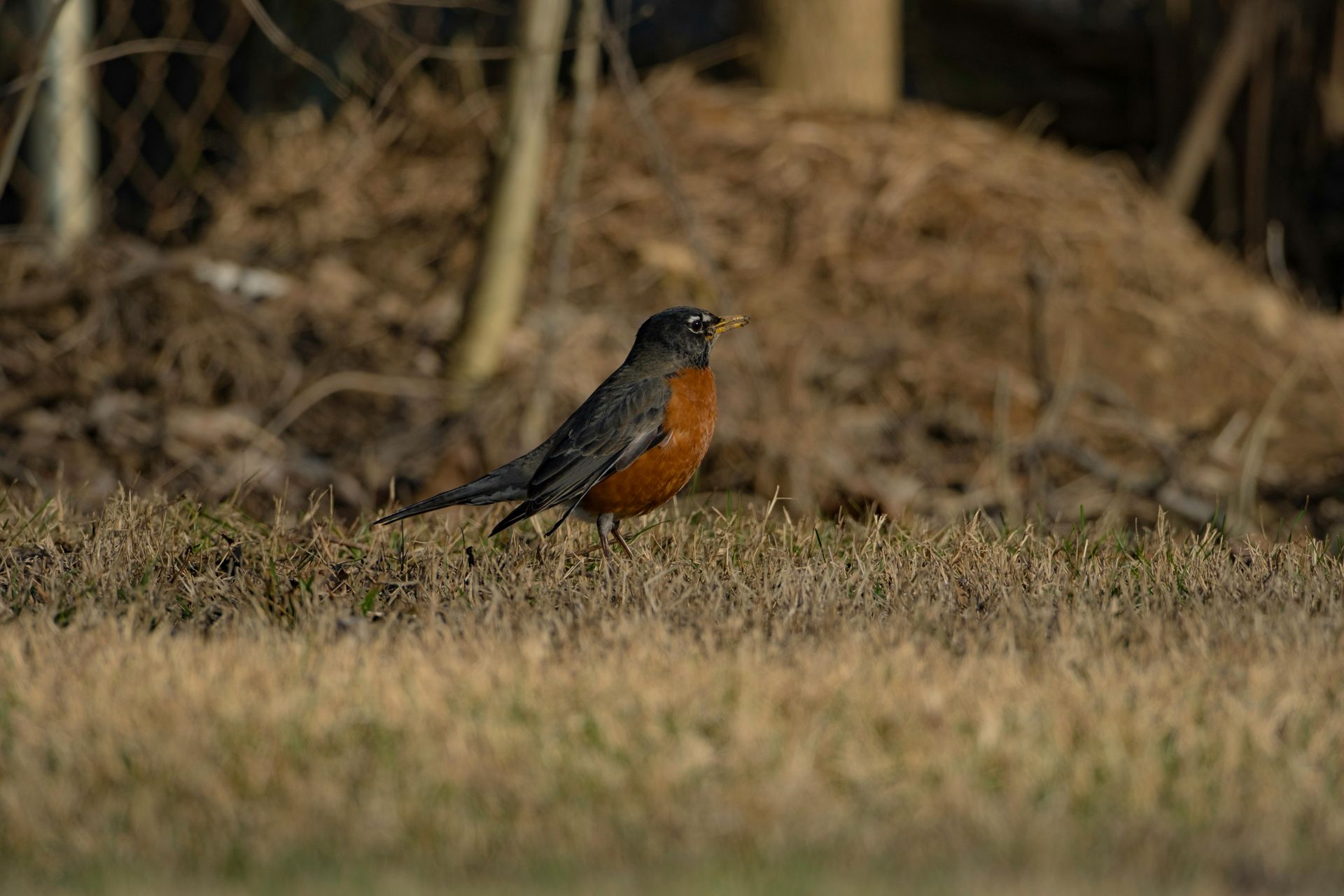As a lawn care specialist who’s spent years rescuing sad, brown lawns (including my own after a particularly brutal summer), I know how heartbreaking it is to watch your grass go from lush and green to patchy and brown. But don’t lose hope! Most dying lawns can be revived if you catch the problem early and take the right steps. Let’s dig into the most common reasons your grass is dying—and what you can do to bring it back to life.
The Top Reasons Your Grass is Dying
1. Water Woes: Too Much or Too Little
Improper watering is the number one culprit behind dying lawns. Too little water dries out and kills the grass, while too much suffocates the roots and encourages disease. The sweet spot? Aim for about 1 to 1.5 inches of water per week, spread over two or three sessions. For new lawns, water twice a day to moisten the top two inches of soil.
Pro Tip: Water early in the morning or early evening to minimize evaporation and fungal growth.
2. Poor Soil Health
Grass thrives in soil rich with organic matter and teeming with beneficial microbes. If your soil is compacted, low in nutrients, or the wrong pH, your grass will struggle. I once had a client whose lawn wouldn’t green up no matter how much they watered—turns out, their soil was rock-hard clay. After aerating and adding compost, the transformation was dramatic.
How to Fix It:
Aerate your lawn in spring or fall to let air, water, and nutrients reach the roots.
Top-dress with compost to boost organic matter.
Test your soil’s pH (ideal is 6.5–7.0) and adjust with lime or sulfur as needed.
3. Sun Scorch and Heat Stress
Too much sun can cause heat-burn, turning your grass brown even if you’re watering regularly. This is especially common during heatwaves or in areas with little shade.
Solution: Give your lawn a deep soaking and, if possible, provide temporary shade during extreme heat. Choose grass varieties suited to your climate and sun exposure for long-term success.
4. Pests and Grubs
Grubs (the larvae of beetles) feed on grass roots, causing brown patches that peel up like a carpet. If you spot more than a few grubs in a square foot of soil, you’ve found the culprit.
What to Do: Treat with a grub control product, following label directions carefully. If you’re squeamish, call a pro!
5. Lawn Diseases
Fungal diseases like Brown Patch can strike overnight, especially in humid or overwatered lawns. Look for irregular brown patches or rings.
Solution: Apply a fungicide if needed, and improve air circulation by mowing high and watering early in the day.
6. Weeds and Competition
Weeds steal water and nutrients from your grass, making it harder for your lawn to thrive. Dandelions, clover, and crabgrass are common offenders.
How to Fight Back:
Pull weeds by hand or use a weed puller for isolated problems.
Avoid “weed and feed” products that can harm beneficial soil life.
Maintain a thick, healthy lawn to crowd out weeds naturally.
7. Pet Damage
Dog urine is highly acidic and can create yellow or brown spots. If you have pets, try to dilute urine spots with water right after your dog goes, and rotate play areas if possible.
Is Your Grass Dead or Just Dormant?
Before you panic, check if your grass is truly dead or just dormant. In hot, dry weather, many grasses go dormant and turn brown to survive. Look at the crown (the whitish area at the base of the blades). If it’s still green, your grass is just sleeping and will perk up with water. If it’s brown and dry, you may need to reseed or patch those areas.
How to Revive Your Dying Lawn
Step 1: Diagnose the Problem
Walk your lawn and look for patterns. Is the brown in sunny spots only? Are there signs of grubs or fungus? Did you recently apply fertilizer or herbicide? Identifying the issue is half the battle.
Step 2: Remove Dead Grass and Weeds
Rake out dead areas and pull up weeds. This helps air and water reach the soil and makes room for new growth.
Step 3: Aerate and Improve the Soil
Aerate compacted areas and top-dress with compost. If your soil is sandy or clay-heavy, mix in organic matter to improve drainage and water retention.
Step 4: Reseed or Patch Bare Spots
Spread new grass seed over dead patches or lay down sod for quicker results. Lightly press seeds into the soil and keep the area moist until the grass is established.
Step 5: Water Wisely
Water deeply but infrequently, aiming for moist (not soggy) soil. As new grass grows, gradually reduce watering frequency.
Step 6: Mow High and Mulch Clippings
Set your mower blade to about two inches. Taller grass shades the soil, conserves moisture, and outcompetes weeds. Leave clippings on the lawn to return nutrients to the soil.
Step 7: Fertilize Carefully
If your soil is healthy, you may not need much fertilizer. If you do fertilize, use an organic, slow-release product in the fall, and avoid excess phosphorus.
Keeping Your Lawn Alive All Year
Aerate and dethatch every year or two to keep soil loose and healthy.
Fertilize sparingly—once in spring and once in fall is usually enough after the first year.
Rotate heavy objects (like pools or furniture) to avoid killing grass underneath.
Limit pet damage by rinsing urine spots and rotating play areas.
Final Thoughts
I’ve seen lawns bounce back from the brink of death with a little TLC and patience. One of my favorite success stories was a neighbor who thought his entire yard was toast after a summer drought. With some aeration, compost, and a few weeks of deep watering, his grass came back greener than ever. Lawn care isn’t always easy, but with the right approach, you can save your grass before it’s too late—and enjoy a beautiful, healthy yard for years to come.
If you’re ever in doubt, don’t hesitate to call a lawn care pro. Sometimes a fresh set of eyes (and hands) is all you need to turn things around.



